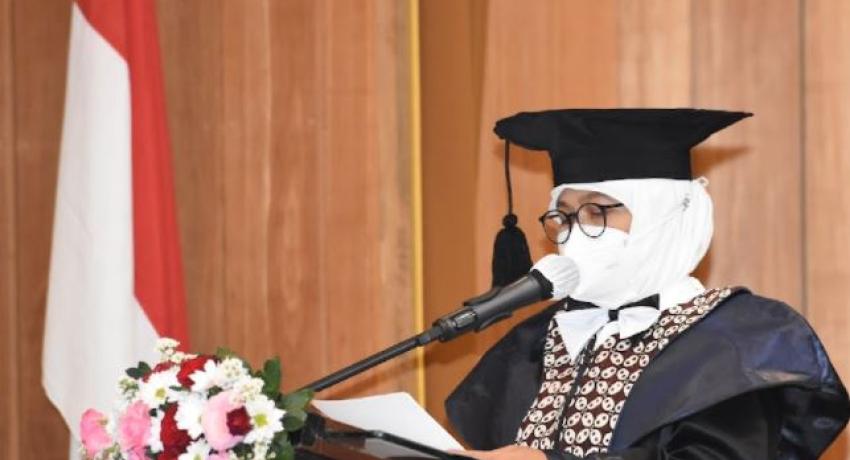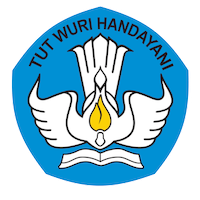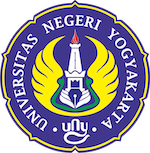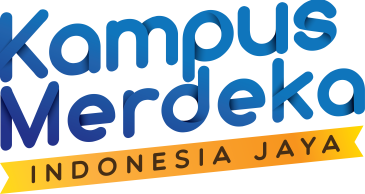In the context of natural sciences learning, the formation of unity in diversity can be reviewed in 4 aspects. First, the diversity of students' skill development in learning science (covering process skills, practical skills, thinking skills) leads to unity (unity related to thinking strategies), namely conceptualization, problem-solving, and decision making. The second, the diversity of scientific disciplines in reviewing and discussing nature, such as physics, chemistry, biology, geology, astronomy, health, and the environment, leads to unity (natural sciences). The third review of the conceptual diversity of Physics, Chemistry, and Biology leads to unity (natural sciences), although it is still connected (physics-biology; physics-chemistry and chemistry-physics). The fourth is the diversity of local potentials/advantages/wisdom towards a unified standard of comprehensive science content (Nature of Science). Based on these four aspects, the inculcation of the basic concepts of science for primary education will be answered, because science is not discussed in a segmented manner. This was said by the Professor of Science Education, Faculty of Mathematics and Natural Sciences, UNY, Prof. Dr. Insih Wilujeng, M.Pd.
According to Prof. Insih Wilujeng, Natural science is the science of observing natural objects or processes, including biology, physics, chemistry, and earth and space. Its quite different from abstract or theoretical sciences, such as mathematics or philosophy. Natural science today is very closely related to society and technology. When scientists work, they are involved with activities that exist in society, such as collaborating. In addition, the impact caused by the use of technology produced as a science development can affect the community's social conditions. “Science learning must pay attention to the characteristics of science as a process and science as a product. These characteristics are also known as natural sciences objects,” she said.
Science learning is integrated with the development of knowledge, skills, and values that enable students to participate in a multi-ethnic society. This point is to serve a variety of challenges for teachers and schools to balance the needs of students. The needs of students can be related to the skills they want to master, the science disciplines they are interested in, the holistic of science studies, and the needs of the potential or advantages or local wisdom. Later on, it will be able to realize Integrated Science and its Learning as an Embodiment of Unity in Diversity. Unity in Diversity is a concept that signifies unity among individual learners who have a certain diversity among them. This diversity can be based on culture, language, ideology, religion, sect, class, ethnicity, etc.
Integrated Science Learning can be developed with several integration models such as integrated science skills, interdisciplinary, integrated science, Conceptual Integrated Science integration, and science integration with local potential/advantages/wisdom.
The integration of natural science with local wisdom aims to prepare students to have broad and strong insight into environmental conditions, attitudes, and values. As a result, they are willing to preserve and develop the potential around them and improve the quality of local potential in their area. One of the examples is in the process of making coconut sugar. First, students will learn about the integration of physical changes of substances and cooling when coconut sugar is aerated to reach room temperature (25oC-30oC). Secondly, they will learn to integrate the concept of room temperature when packaging coconut sugar using containers.
Another example can be taken from learning natural science on measuring science objects in shallot fields. Here, students take measurements with standard and non-standard units for the length of the beds, the height of the beds, and the beds' width, while the sizes of the diameter, height, and mass of shallots are used to train students' practical skills.
The doctorate in science education at the Indonesian University of Education in Bandung said that integrated science learning was suitable for applying to the junior high school. Its application can increase the efficiency and effectiveness of learning and increase interest and motivation. Integrated science learning also has several strengths and benefits. One of them is less time-consuming because multiple subjects such as physics, chemistry, biology, and others can be taught at the same time.





